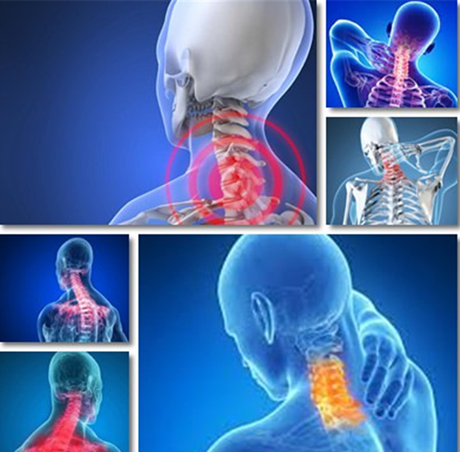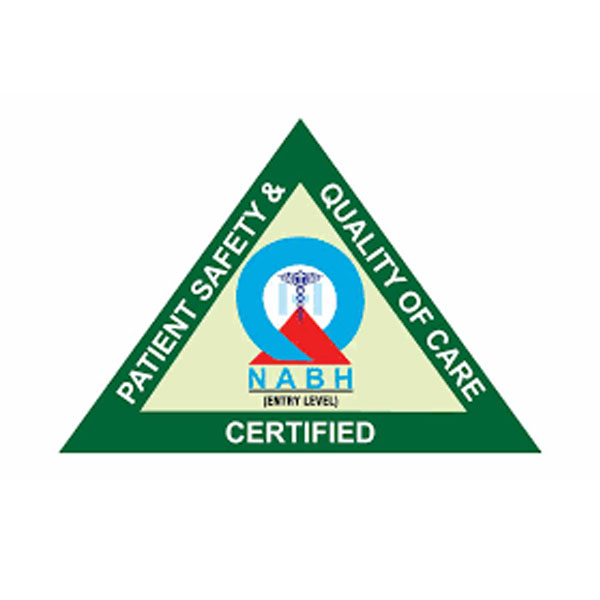
Pain that seems to be coming from joints can sometimes be coming from structures outside the joints, such as ligaments, tendons, or muscles (see Introduction to the Biology of the Musculoskeletal System). Examples of such disorders are bursitis and tendinitis.
True joint pain (arthralgia) may or not be accompanied by joint inflammation (arthritis). The most common symptom of joint inflammation is pain. Inflamed joints may also be warm and swollen, and less often the overlying skin may be red. Arthritis may involve only joints of the limbs or also joints of the central part of the skeleton, such as the spine or pelvis. Pain may occur only when a joint is moved or may be present at rest. Other symptoms, such as rash, fever, eye pain, or mouth sores, may be present depending on the cause of the joint pain.
Different disorders tend to affect different numbers of joints. Because of this, doctors consider different causes of pain when the pain affects one joint .When multiple joints are involved, some disorders are more likely to affect the same joint on both sides of the body (for example, both knees and both hands) than other disorders.





